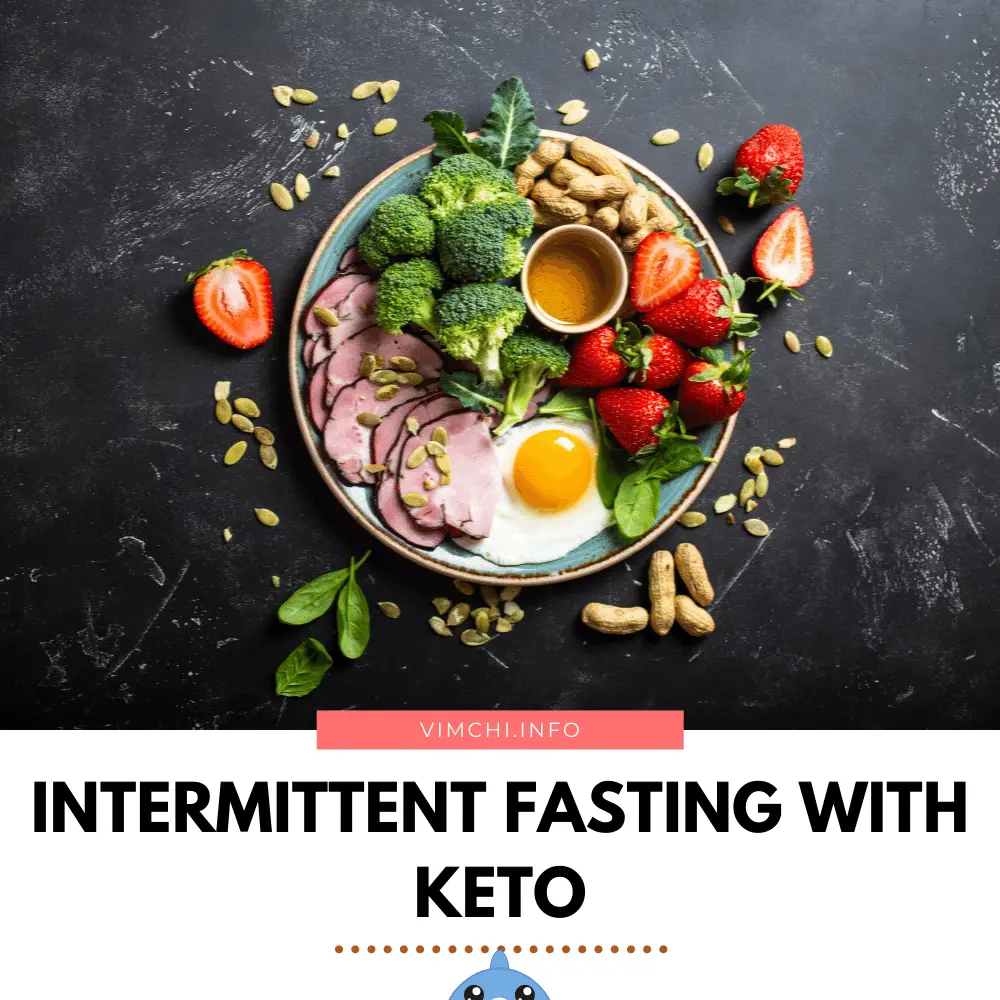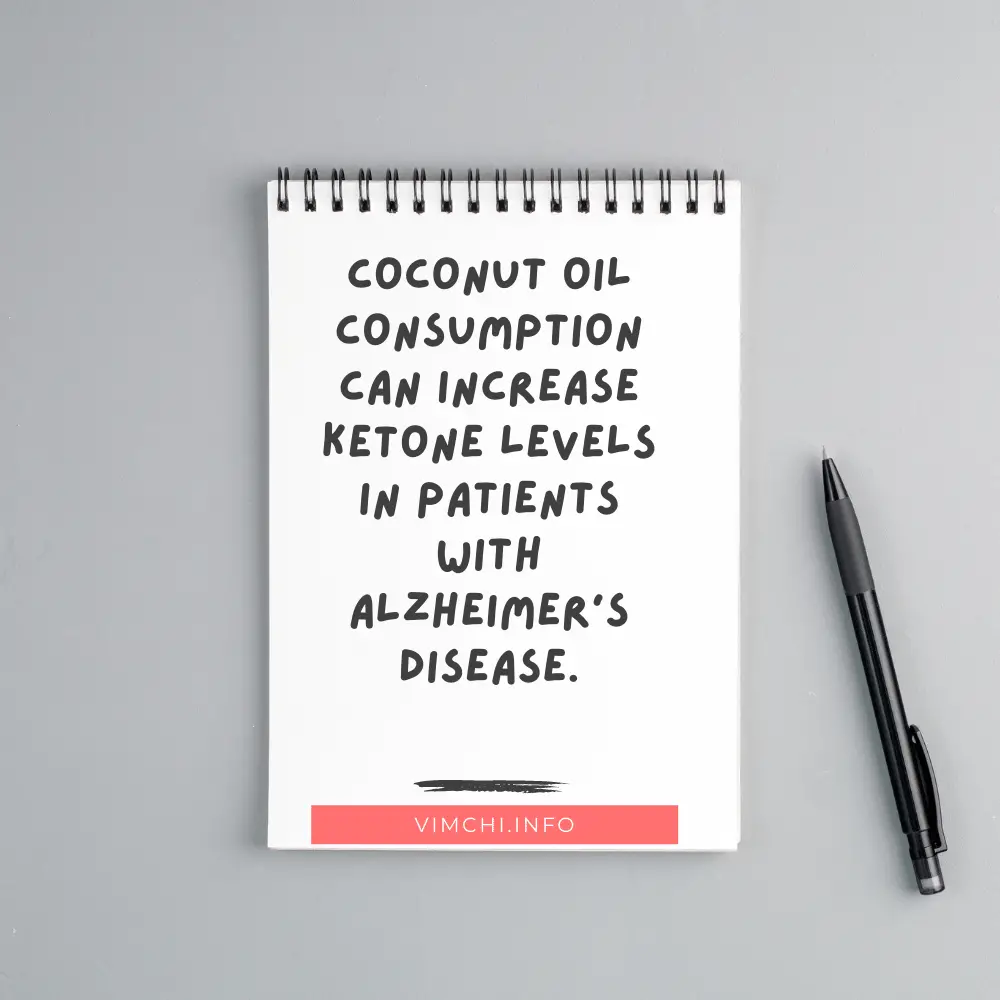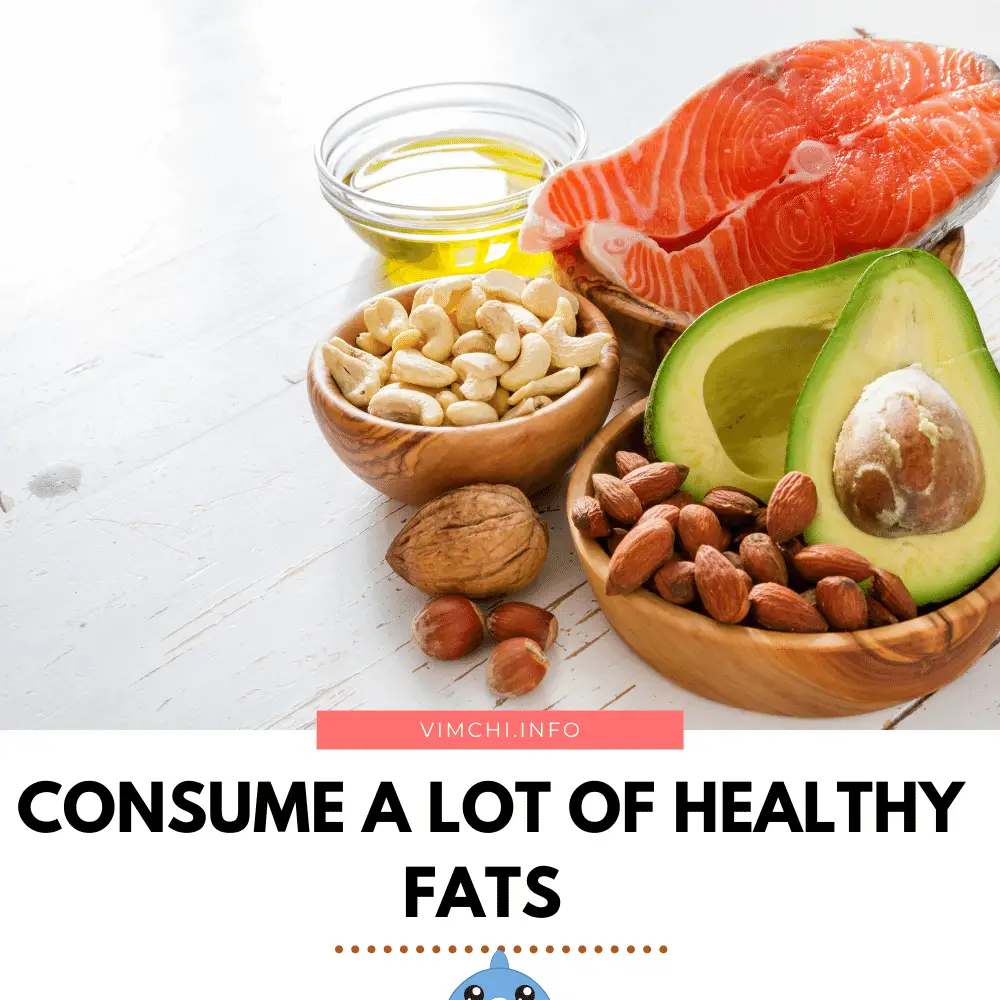Intermittent fasting with keto is the latest health trend. Combining intermittent fasting and keto can help you get into ketosis quicker. Here are the ways.

Ways to Use Intermittent Fasting with Keto to Get Into Ketosis Faster
1) Lower Carb Intake
The most vital factor to achieve ketosis is to eat a low-carb diet.
Normally, your cells utilize sugar as a source of fuel. Unused glucose is stored in your body in the form of glycogen.
Even though glucose is the primary source of energy, fatty acids and ketones can also be used as a fuel source.
To make your body use fatty acids and ketones as a fuel source, your best option is to lower your carb intake. When that happens, glycogen stores will decline and hormone insulin is reduced to release fat stores in the body.
Once released, the liver converts some of the fatty acids into ketones to be used as fuel by some parts of your brain.
How many carbs do you need to take per day to achieve ketosis? It varies from one person to another. Some may need to lower their carb intake to 20 grams.
It’s easy to lower your carb intake through intermittent fasting, especially a 16-hour fast.
Read: Will Fasting Make Me Tired
2) Eat Coconut Oil

Coconut oil can help you get into ketosis because it contains medium-chain triglycerides (MCTs). They are not the typical fats. MCTs are delivered directly to the liver to be used for energy or be converted into ketones.
According to this study, coconut oil consumption can increase ketone levels in patients with Alzheimer’s disease.
There are four types of MCTs. But 50% of the fats come from lauric acid. Some studies suggested that a sustained level of ketosis can be achieved with the intake of fats containing a high amount of lauric acid. The reason for this is that lauric acid is metabolized more gradually than other MCTs.
Some people add coconut oil to their coffee and drink it while in fasting mode. However, experts don’t recommend drinking coffee with oil while fasting because it gets you out of the ketosis state.
3) Boost Physical Activity
Increasing your physical activity can help you get into ketosis quicker. While you’re exercising, your glycogen stores are depleted.
However, when you eat carbs, they are replenished.
Thus, when you fast and exercise, glycogen stores remain low. As a result, your liver boosts ketones production. Your body will use them as an alternative fuel source.
This study shows that if you work out in a fasted state, it could increase ketone levels.
However, your body doesn’t quickly adapt to utilizing ketones as primary fuels. It can take up to 4 weeks to adapt.
In that case, you may want to reduce your physical activity while your body is still adjusting to using ketones as the primary source of energy.
4) Eat a Lot of Healthy Fats

Another way to boost your ketone levels is to consume a lot of healthy fats. A Keto diet for weight loss can provide up to 80% of calories from fat.
However, if you follow the classic keto for epilepsy, the fat intake is even higher.
Then again, a high fat intake won’t automatically translate to higher ketone levels.
Because intermittent fasting with a keto diet includes eating a high amount of fat, you should not be eating just any type of fats. Rather, you need to opt for high-quality fat sources.
Thus, focus on eating fatty fish. Use olive oil and avocado oil in your meals. Most healthy and high-fat foods are actually low in carbs.
However, if your goal in following intermittent fasting with keto is to lose weight, then ensure that you’re not eating too many calories. If that happens, your weight loss will stop.
5) Fast for Several Hours
Fasting for several hours can help you get into ketosis. You can go into mild ketosis when you don’t eat your dinner and breakfast.
A 16-hour fast is highly recommended. But a 24-hour fast can help you achieve ketosis faster than a shorter fast.
Read: Weight Loss with a 48-Hour Fast
Or you can try fat fasting. It involves lowering calorie intake and consuming eating mostly fat for two to three days.
How Safe is Intermittent Fasting with Keto?
You can achieve ketosis when you don’t eat for several hours. Ketosis isn’t safe for everyone. Adverse effects may arise when you are in a state of ketosis for prolonged periods.
If you have type 1 diabetes, you must avoid getting into ketosis because you’ll put yourself at higher risk of ketoacidosis. It’s a life-threatening condition.
Before you follow intermittent fasting with keto diet, you need to speak to your doctor first.
Conclusion
Intermittent fasting with keto can help you achieve a ketosis state faster. However, to make it quicker to get into ketosis, you need to lower your carb intake, consume coconut oil and boost your physical activity.
If you wish to know more about the ketosis diet, please visit here. Are you still starting intermittent fasting? You may get started here.
Speak Now ... Or Forever Hold Your Peace